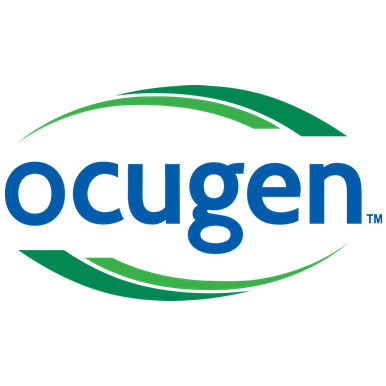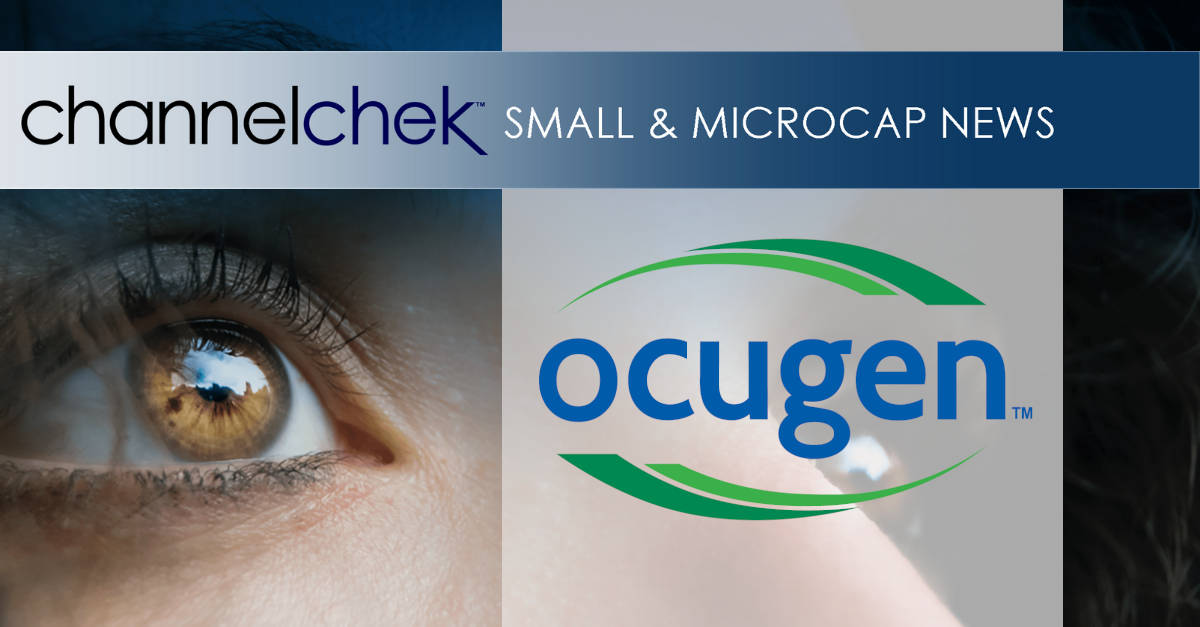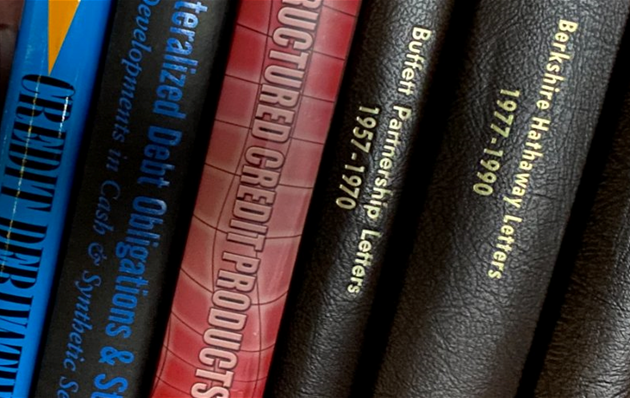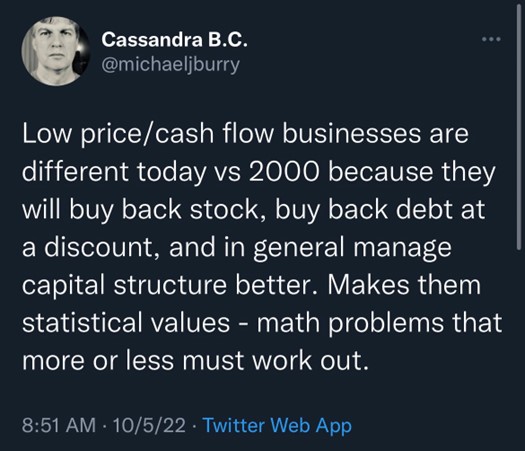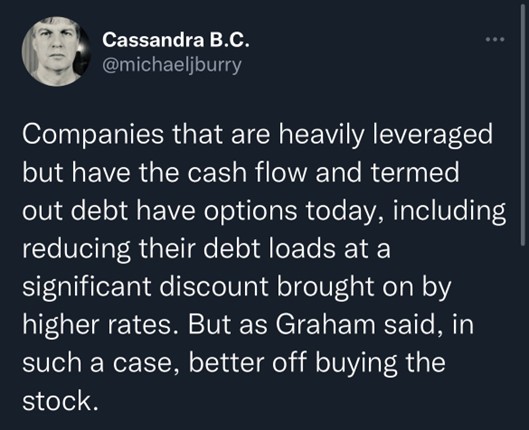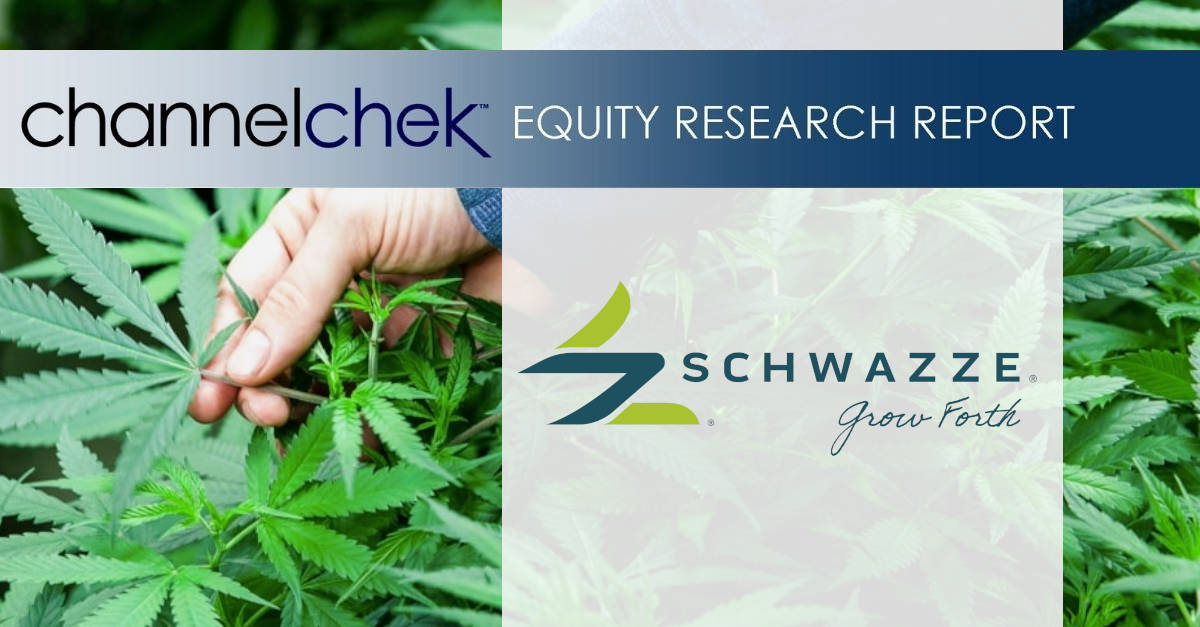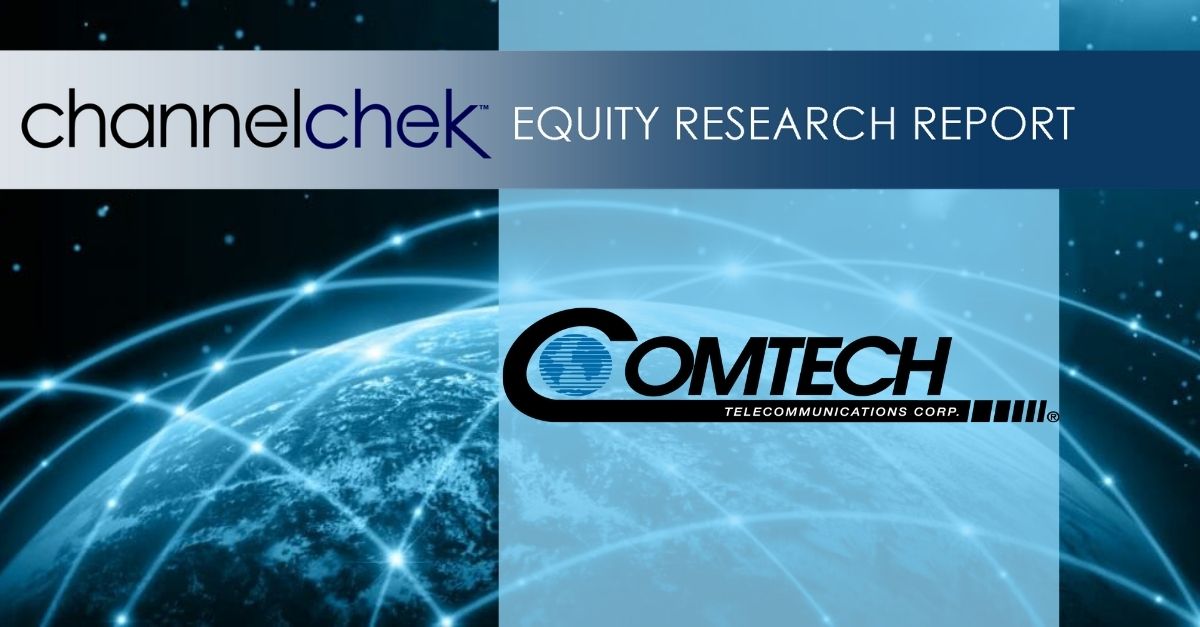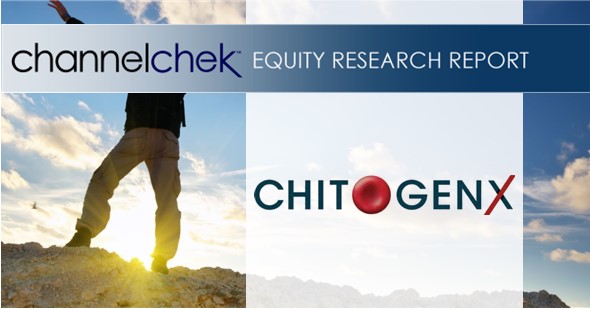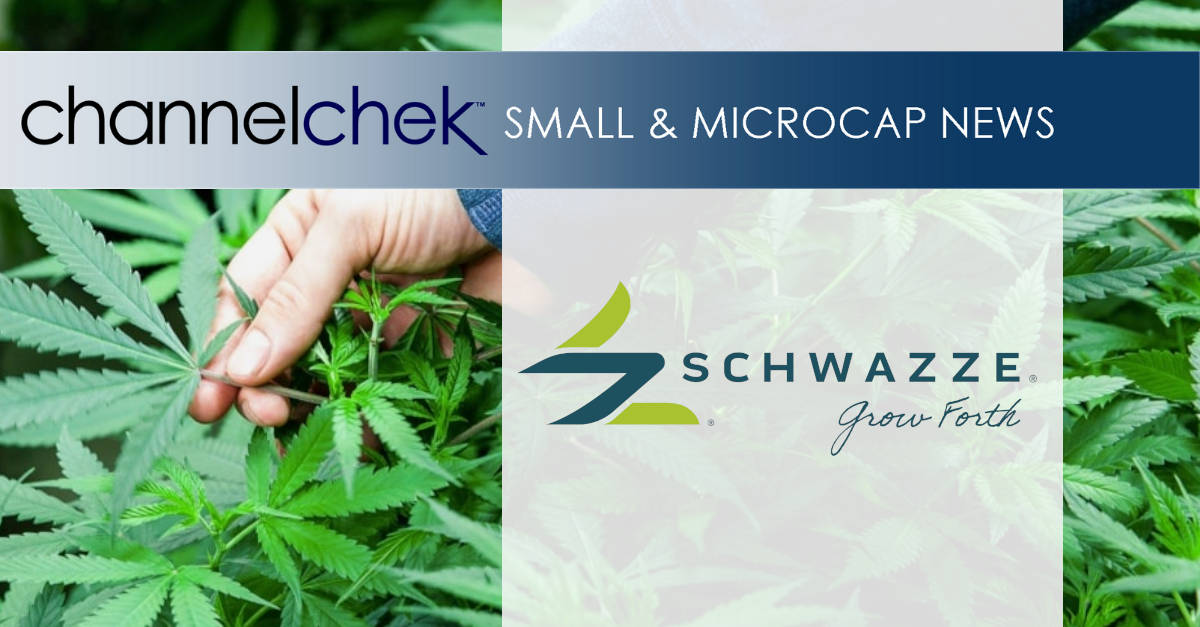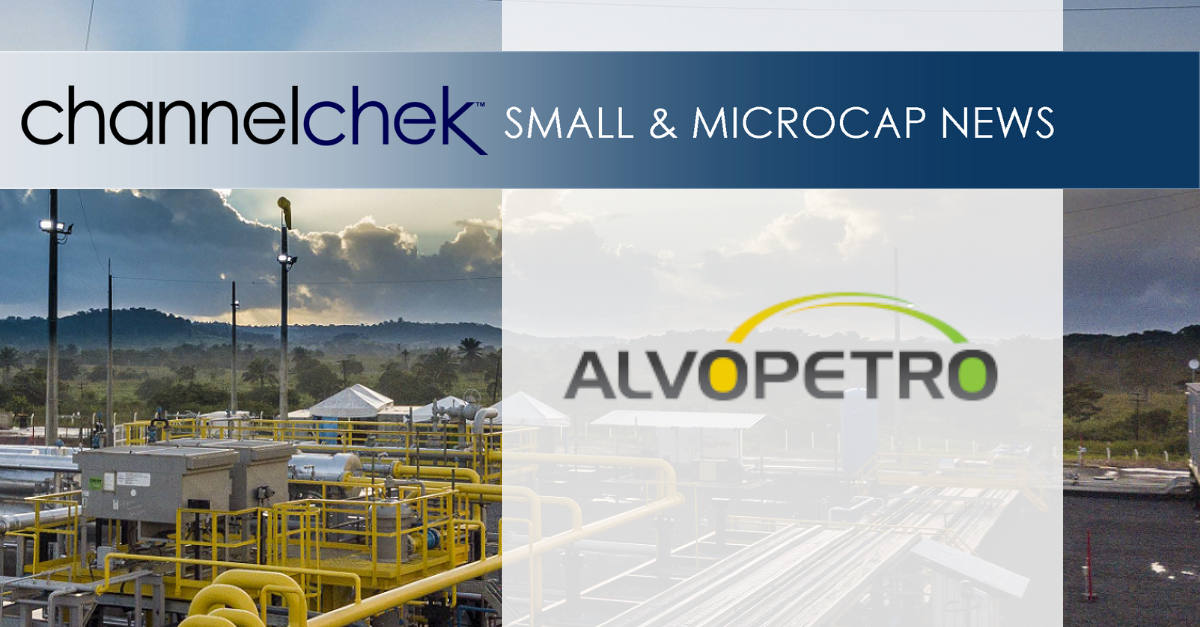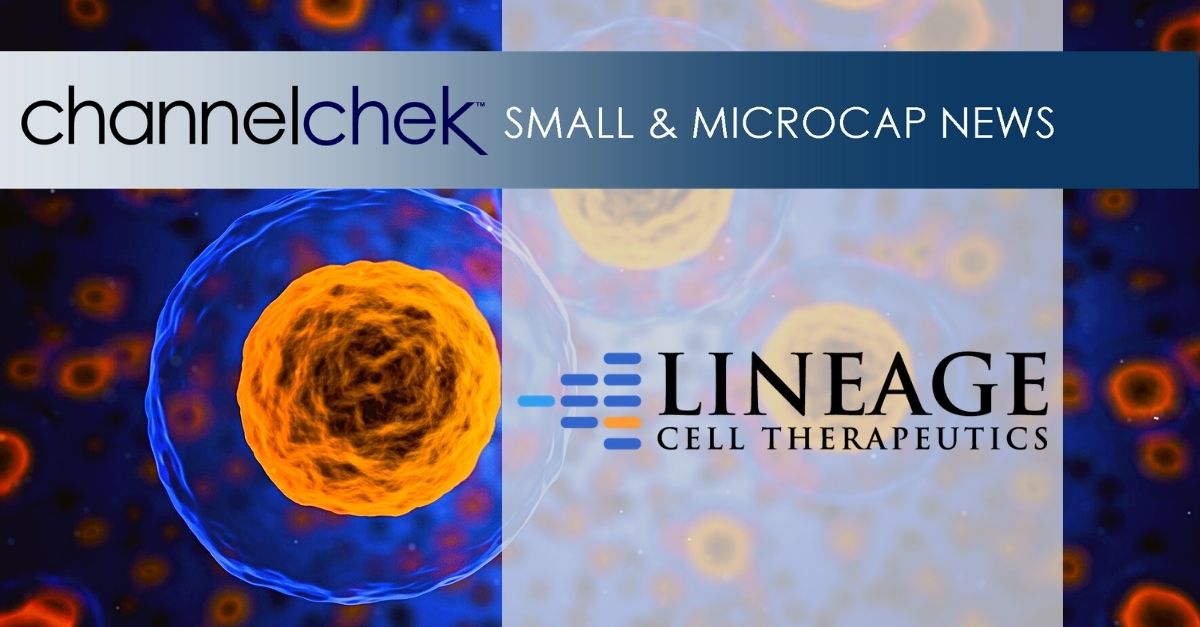Research, News, and Market Data on ALVOF
Oct 04, 2022
CALGARY, AB, Oct. 4, 2022 /CNW/ – Alvopetro Energy Ltd. (TSXV: ALV) (OTCQX: ALVOF). We are pleased to announce drilling results from our 182-C2 well. We completed drilling the 182-C2 well to a total measured depth (“MD”) of 3,185 metres on our 100% owned and operated Block 182 in the Recôncavo basin.
Based on open-hole wireline logs, at 2,607 metres total vertical depth (“TVD”), the well encountered 10.9 metres of potential net hydrocarbon pay in the Agua Grande Formation, with an average porosity of 8.9% and average water saturation of 25.1%, using a 6% porosity cut-off, 50% Vshale cut-off and 50% water saturation cut-off.
The 182-C2 well also encountered a 223.7-metre-thick section in the Sergi Formation with 121.3 metres of sand estimated above 6% porosity in the sand-dominated interval between 2,704.1 and 2,927.8 metres TVD. Caliper logs indicate that a significant amount of the wellbore in the Sergi interval contains washouts from drilling and is out of gauge, making open-hole log analysis challenging. As such, hydrocarbon potential in the Sergi will be validated through formation testing.
Based on these drilling results, we plan to case the well and undertake a multi-zone testing program of the 182-C2 well. This testing will assess the extent, if any, of commercial hydrocarbons associated with the well, the productive capability of the well and will help define the field development plan.
Operational Update
On our Murucututu project, we are completing the commissioning of our 183-1 field production facility and expect to have commercial natural gas and condensate sales from the 183-1 well this month.
We are completing service rig inspection and acceptance testing and expect to commence a multizone production test of our 183-B1 well later this week.
September Sales Volumes
September sales volumes averaged 2,686 boepd, including natural gas sales of 15.4 MMcfpd and associated natural gas liquids sales from condensate of 124 bopd, based on field estimates. Our sales volumes averaged 2,642 boepd in the third quarter of 2022, an increase of 12% from the second quarter of 2022.
Corporate Presentation
Alvopetro’s updated corporate presentation is available on our website at:
http://www.alvopetro.com/corporate-presentation.
Social Media
Follow Alvopetro on our social media channels at the following links:Twitter – https://twitter.com/AlvopetroEnergyInstagram – https://www.instagram.com/alvopetro/LinkedIn – https://www.linkedin.com/company/alvopetro-energy-ltdYouTube – https://www.youtube.com/channel/UCgDn_igrQgdlj-maR6fWB0w
Alvopetro Energy Ltd.’s vision is to become a leading independent upstream and midstream operator in Brazil. Our strategy is to unlock the on-shore natural gas potential in the state of Bahia in Brazil, building off the development of our Caburé natural gas field and our strategic midstream infrastructure.
Neither the TSX Venture Exchange nor its Regulation Services Provider (as that term is defined in the policies of the TSX Venture Exchange) accepts responsibility for the adequacy or accuracy of this news release.
All amounts contained in this new release are in United States dollars, unless otherwise stated and all tabular amounts are in thousands of United States dollars, except as otherwise noted.
Abbreviations:boepd = barrels of oil equivalent (“boe”) per daybopd = barrels of oil and/or natural gas liquids (condensate) per dayMBOE = thousands of barrels of oil equivalentMMcf = million cubic feetMMcfpd = million cubic feet per day
BOE Disclosure. The term barrels of oil equivalent (“boe”) may be misleading, particularly if used in isolation. A boe conversion ratio of six thousand cubic feet per barrel (6Mcf/bbl) of natural gas to barrels of oil equivalence is based on an energy equivalency conversion method primarily applicable at the burner tip and does not represent a value equivalency at the wellhead. All boe conversions in this news release are derived from converting gas to oil in the ratio mix of six thousand cubic feet of gas to one barrel of oil.
Testing and Well Results. Data obtained from the 182-C2 well identified in this press release, including hydrocarbon shows, open-hole logging, net pay and porosities, should be considered to be preliminary until testing, detailed analysis and interpretation has been completed. Hydrocarbon shows can be seen during the drilling of a well in numerous circumstances and do not necessarily indicate a commercial discovery or the presence of commercial hydrocarbons in a well. There is no representation by Alvopetro that the data relating to the 182-C2 well contained in this press release is necessarily indicative of long-term performance or ultimate recovery. The reader is cautioned not to unduly rely on such data as such data may not be indicative of future performance of the well or of expected production or operational results for Alvopetro in the future.
Cautionary statements regarding the filing of a Notice of Discovery. We have submitted a Notice of Discovery of Hydrocarbons to the Agência Nacional do Petróleo, Gás Natural e Biocombustíveis (the “ANP”) with respect to the 182-C2 well. All operators in Brazil are required to inform the ANP, through the filing of a Notice of Discovery, of potential hydrocarbon discoveries. A Notice of Discovery is required to be filed with the ANP based on hydrocarbon indications in cuttings, mud logging or by gas detector, in combination with wire-line logging. Based on the results of open-hole logs, we have filed a Notice of Discovery relating to our 182-C2 well. These routine notifications to the ANP are not necessarily indicative of commercial hydrocarbons, potential production, recovery or reserves.
Forward-Looking Statements and Cautionary Language. This news release contains “forward-looking information” within the meaning of applicable securities laws. The use of any of the words “will”, “expect”, “intend” and other similar words or expressions are intended to identify forward-looking information. Forward‐looking statements involve significant risks and uncertainties, should not be read as guarantees of future performance or results, and will not necessarily be accurate indications of whether or not such results will be achieved. A number of factors could cause actual results to vary significantly from the expectations discussed in the forward-looking statements. These forward-looking statements reflect current assumptions and expectations regarding future events. Accordingly, when relying on forward-looking statements to make decisions, Alvopetro cautions readers not to place undue reliance on these statements, as forward-looking statements involve significant risks and uncertainties. More particularly and without limitation, this news release contains forward-looking information concerning potential hydrocarbon pay in the 183-C2 well, anticipated production commencement on our Murucututu project, exploration and development prospects of Alvopetro and the expected timing of certain of Alvopetro’s testing and operational activities. The forward‐looking statements are based on certain key expectations and assumptions made by Alvopetro, including but not limited to expectations and assumptions concerning testing results of the 183-B1 well and the 182-C2 well, equipment availability, the timing of regulatory licenses and approvals, the success of future drilling, completion, testing, recompletion and development activities, the outlook for commodity markets and ability to access capital markets, the impact of the COVID-19 pandemic, the performance of producing wells and reservoirs, well development and operating performance, foreign exchange rates, general economic and business conditions, weather and access to drilling locations, the availability and cost of labour and services, environmental regulation, including regulation relating to hydraulic fracturing and stimulation, the ability to monetize hydrocarbons discovered, expectations regarding Alvopetro’s working interest and the outcome of any redeterminations, the regulatory and legal environment and other risks associated with oil and gas operations. The reader is cautioned that assumptions used in the preparation of such information, although considered reasonable at the time of preparation, may prove to be incorrect. Actual results achieved during the forecast period will vary from the information provided herein as a result of numerous known and unknown risks and uncertainties and other factors. Although Alvopetro believes that the expectations and assumptions on which such forward-looking information is based are reasonable, undue reliance should not be placed on the forward-looking information because Alvopetro can give no assurance that it will prove to be correct. Readers are cautioned that the foregoing list of factors is not exhaustive. Additional information on factors that could affect the operations or financial results of Alvopetro are included in our annual information form which may be accessed on Alvopetro’s SEDAR profile at www.sedar.com. The forward-looking information contained in this news release is made as of the date hereof and Alvopetro undertakes no obligation to update publicly or revise any forward-looking information, whether as a result of new information, future events or otherwise, unless so required by applicable securities laws.
SOURCE Alvopetro Energy Ltd.
